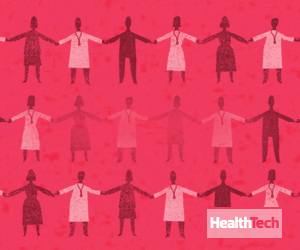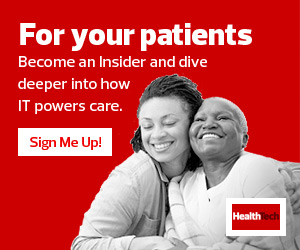“Artificial intelligence and the Internet of Things will play a huge role in this transformation,” says Nat Findlay, CEO of Wellbox, a chronic-care management solution company. “To leverage the benefits, healthcare organizations will still need to invest in interoperability to reach the promise of the platform revolution.”
As the pandemic remains a long-term concern, care providers must evaluate digital strategies that streamline communication, both internally and with their patients.
The Forrester report found that virtual care and tele-ICU adoption due to COVID-19 will continue to trend upward, with an estimated 1 billion telehealth visits expected to take place next year. But researchers also caution that the hurried adoption of new technologies can agitate other organizational issues.
Below are strategies that can help healthcare IT teams identify and adopt the right digital solutions during the pandemic.
1. Collect and Analyze More Actionable Patient Data
Healthcare organizations are learning that many of their platforms aren’t robust enough to analyze the flood of new data fueled by the pandemic. The Forrester report recommends establishing COVID-19 dashboards with key performance indicators specifically addressing new protocols and procedures designed to handle the surge.
The ability to identify and understand these emerging and predictive patterns, while weeding out unnecessary data, will remain a critical strategy, says David Williams, general manager of healthcare provider solutions for Conduent, a business process services company.
“Health systems will be required to receive and interact with nontraditional data sources that could be outside of their comfort zones,” Williams says, adding that those sources increasingly will include wearable devices, voice-automated clinical software or IoT tools with sensors in the home.
2. Reduce Data-Sharing Dilemmas to Drive Seamless Care
With an influx of new solutions to address COVID-19, Forrester reports that healthcare IT professionals are looking for products that can make data sharing easier.
Some of the well-known fractures in the healthcare industry could be alleviated by adopting Fast Healthcare Interoperability Resources — a standard for sharing and exchanging clinical records among professionals and organizations — when connecting multiple types of hardware and software, Findlay says.













